-
Welcome to Tacoma World!
You are currently viewing as a guest! To get full-access, you need to register for a FREE account.
As a registered member, you’ll be able to:- Participate in all Tacoma discussion topics
- Communicate privately with other Tacoma owners from around the world
- Post your own photos in our Members Gallery
- Access all special features of the site
Downstream cat delete?
Discussion in '2nd Gen. Tacomas (2005-2015)' started by Brenenkw10, Aug 8, 2025.


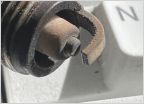 How old is this spark plug?
How old is this spark plug?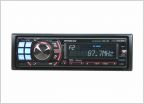 Dash Kit/head unit help
Dash Kit/head unit help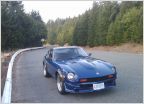 Performance gains from transmission cooler?
Performance gains from transmission cooler?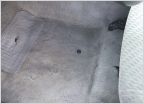 Help finding floor carpet grommets 09 Taco
Help finding floor carpet grommets 09 Taco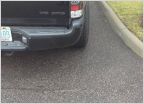 Tail lights. what do you have?
Tail lights. what do you have?











































































